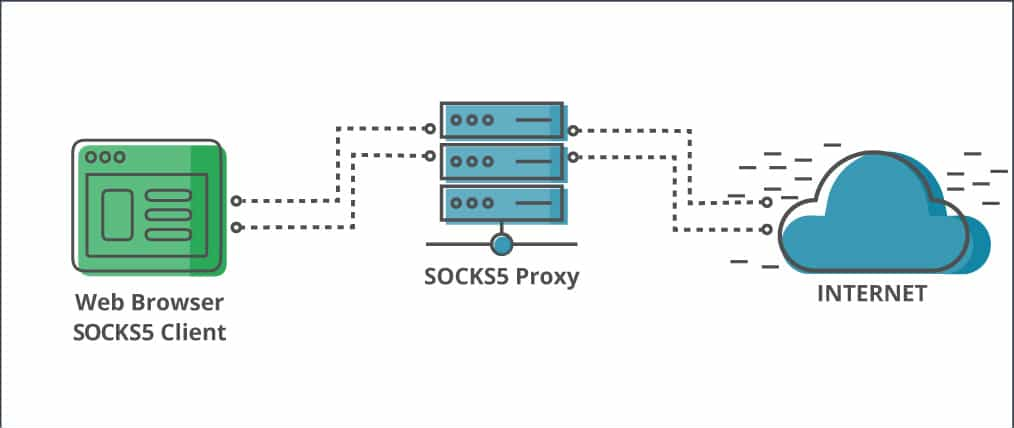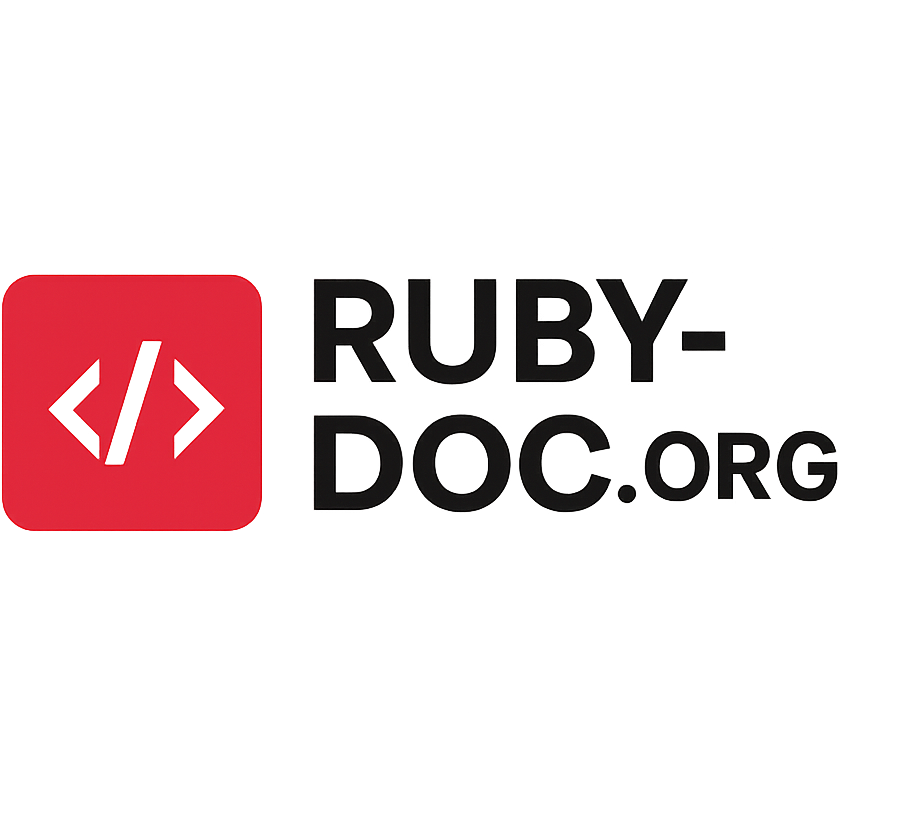
The age-old battle between free and paid proxies forces providers to consistently improve their services, leaving interested users with more questions than answers. Should you buy a proxy or stick with free-of-charge tools? We’ll answer this question by comparing free and paid SOCKS5 proxies.
Understanding What Proxies Are
Proxies are intermediary servers that act as gateways between client applications (such as web browsers, email clients, or other software) and target servers. They forward network requests on behalf of clients, routing traffic through their IP addresses to mask the client’s real IP address and location. Proxies can handle various types of network traffic and protocols, not just web browsing.
What are SOCKS5 proxies?
SOCKS5 proxies use the latest SOCKS (Socket Secure) protocol to establish connections between clients (such as web browsers) and servers, facilitating data exchange. They sit at layer 5 (session) of the OSI (Open Systems Interconnection) model and use a tunneling method (like VPNs do) to route data.
SOCKS5 proxies are highly versatile because they support both TCP (Transmission Control Protocol) and UDP (User Datagram Protocol) traffic. This enables them to handle a wide range of applications and protocols beyond just web traffic, including FTP (File Transfer Protocol), SMTP (Simple Mail Transfer Protocol), and SSH (Secure Shell). Unlike traditional HTTP proxies, which are limited to web-related traffic such as HTTP and HTTPS, SOCKS5 can securely forward nearly any kind of data between the client and server.
What about free SOCKS5 proxies? They have the same characteristics, but their providers typically invest little in cybersecurity. Some are even malicious actors looking to steal or misuse data.
With that in mind, let’s explore the benefits and drawbacks of free and paid SOCKS5 proxies.
The Pros and Cons of Free SOCKS5 Proxies
The perks of free SOCKS5 proxies may make them tempting, but the shortcomings might outweigh them. We’ll let you be the judge.
The advantages of free SOCKS5 proxies include:
- Free-of-charge features – you don’t have to pay to use these apps to bypass geo-restrictions and anti-scraping systems without the risk of IP blocks.
- Support for more network protocols – SOCKS5 proxies handle various traffic sources. The most notable is the UDP, which is significantly faster than TCP.
- Fast data transfer – you can enjoy quick downloads because these apps can efficiently handle many simultaneous TCP and UDP connections. That’s ideal for P2P (Peer-to-Peer) services.
The disadvantages of free SOCKS5 proxies include:
- Unreliable connection speeds – free proxy servers, SOCKS5 or otherwise, allow many simultaneous connections, clogging the traffic and ruining your experience.
- Potential malware – many untrustworthy providers lure users with free-of-charge services to inject malicious code into their devices and steal or misuse personal and sensitive data.
- Possible data breaches – free proxy suppliers typically generate revenue from ads. They lack sufficient capital to invest in cutting-edge cybersecurity technology. That leaves their platforms and users vulnerable to potential threats.
Before reaching the final verdict, check out the benefits and drawbacks of paid SOCKS5 proxies.
The Pros and Cons of Paid SOCKS5 Proxies
Premium SOCKS5 proxies may seem perfect, but their downsides might be a deal-breaker for some. Here’s what to consider before buying a subscription.
The advantages of paid SOCKS5 proxies include:
- User authentication – SOCKS5 proxy servers support authentication mechanisms to verify users before granting access. Additionally, SOCKS5 proxies can be paired with SSH (Secure Shell) connections for tunneling or secure file transfers.
- Fast and reliable connections – paid SOCKS5 proxies offer faster and more stable connections compared to free alternatives. Premium services use better infrastructure, including dedicated servers and higher bandwidth, which reduces latency and avoids the overcrowding issues commonly associated with free proxies.
- Better performance – SOCKS5 proxies operate at a lower network level and don’t modify or interpret the data they forward, unlike HTTP proxies, which process application-layer traffic. This approach reduces the risk of errors, ensuring smoother data transmission and better overall performance between clients and servers.
The disadvantages of paid SOCKS5 proxies include:
- Subscription requirements – premium tools require paying for their services, which is the most notable drawback.
- Lack of encryption – while the SOCKS5 protocol can pass already-encrypted data (like from an HTTPS website), the connection between your device and the proxy server itself is not encrypted by the protocol.
Should You Choose Free or Paid SOCKS5 Proxies?
Paid SOCKS5 proxies outperform their free counterparts, offering faster, more reliable connections, improved performance, and user authentication. Choosing an unreliable free proxy provider can be costly, considering the potential for malware, data breaches, and other cybersecurity threats.
Conclusion
SOCKS5 proxies are some of the most advanced proxy servers, but that doesn’t mean they’re perfect. However, free tools have more flaws than their premium counterparts, making paid solutions the undeniable winners. The best part? You don’t have to pay a small fortune to enjoy premium features. Most tools are affordable – and some providers even offer free proxies like from Oxylabs.io as a way to test the service before committing to a subscription. Just be sure to choose a trusted provider with strong security practices to avoid unnecessary risks.
